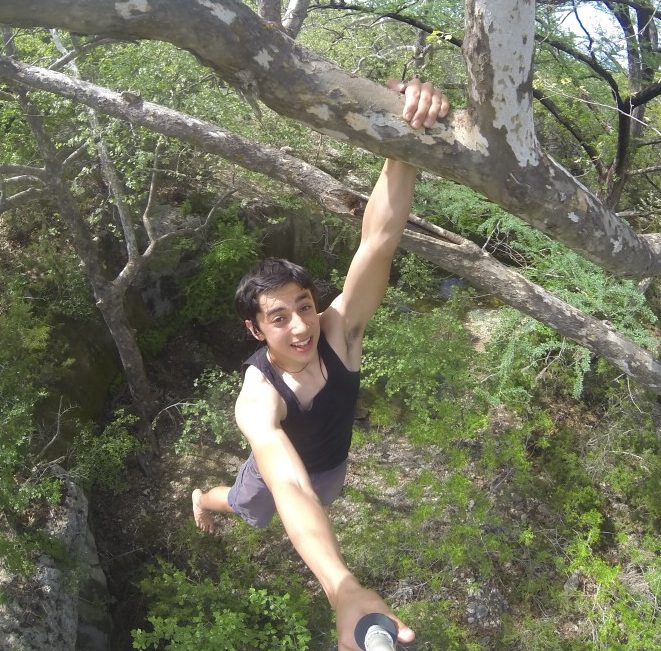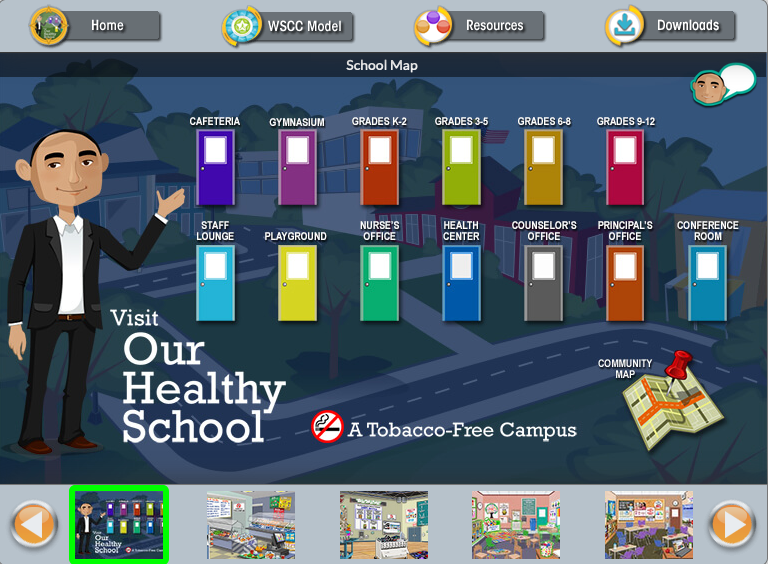 For the parents of a teenager, adolescence can be a challenging time. But to a brain scientist, it’s a marvel.
For the parents of a teenager, adolescence can be a challenging time. But to a brain scientist, it’s a marvel.
“I want people to understand that adolescence is not a disease, that adolescence is an amazing time of development,” says Beatriz Luna, professor of psychiatry and pediatrics at the University of Pittsburgh.
That development is on display most afternoons at the Shaw Skatepark in Washington, D.C.
Leo has been skateboarding since he was 10. But getting the nerve to try a skate park for the first time was “kind of scary,” he says. “I fell a lot when I first started. And I got hurt a lot.”
Leo also got better — fast. And when he’d mastered one trick, he’d push himself to learn a new one, despite the risks.
“I was trying to ollie up something, and then I clipped it and my board went up and it hit me in my mouth,” he says, “so now I have this scar.”
Leo’s also broken his arm and his elbows are a mess. But the payoff is, he can do things now like jump the flight of five stairs on the other side of the park.
Seeking new experiences
Leo’s swift progress from frightened novice to accomplished skater shows the strengths of an adolescent brain.
“It’s an incredible brain,” Luna says. “It’s just perfect for what it needs to do. And what it needs to do is gain experiences.”
A child’s brain goes through two critical periods of very rapid change.
The first happens about age 2, when most toddlers are busy walking, talking, climbing and falling. The second critical period begins around puberty.
“Adolescence is a time when the brain says, ‘All right, you’ve had a lot of time now, we have to start making some decisions,’” Luna says
“You’re born with an excess of synaptic connections,” Luna says. “And based on experience, you keep what you use and you lose what you don’t use.”
It’s a process known as synaptic pruning. And its imminent arrival may be one reason an adolescent brain seeks out new experiences, even if it means risking a broken arm or a broken heart.
Sex differences in the brain and in behavior
Adolescent brain changes tend to start earlier in girls than in boys. And around this time, males and females also begin to react differently to certain experiences — like stress.
That was one finding of an analysis of research on teens asked to perform tasks like solving an impossible math problem, or giving a talk to a group of strangers.
“Males’ blood pressure was higher than females,” Luna says. But when participants were asked about the experience later, males said, “Oh, it was fine,” while females described it as “extremely stressful.”
Luna says that suggests there are some sex differences in certain brain circuits. But it’s not clear whether those differences are the result of genetics, hormones, or social and cultural influences, she says.
Risky business and dopamine
Adolescent brains produce more dopamine and are more sensitive to the chemical than adult brains, says Adriana Galván, a professor of psychology at the University of California, Los Angeles.
This amped up reward system also helps young brains learn faster by pushing boundaries and constantly asking, “What happens when I do this?” Galván says, “because that is how we learn best.”
But big rewards and fast learning can make the adolescent brain vulnerable to some behaviors that are damaging, rather than useful.
The brain’s vulnerability during adolescence is probably one reason so many adult smokers picked up the habit as teens, Galván says.
Over the course of adolescence, though the brain’s priorities change, she says. Early on, it gives more attention to positive experiences than painful ones. But then, the balance begins to shift.
That seems to be happening with Leo the skateboarder.
“I used to do a lot of stair sets,” he says. “I feel like I’m old now because I can’t really do them anymore because they hurt.”
All of which suggests that Leo’s brain is developing exactly the way it’s supposed to.
Excerpted from “Want to Understand Your Adolescent? Get to Know Their Brain” on NPR. Read the full article online.
Listen to the podcast:
Source: NPR | Want to Understand Your Adolescent? Get to Know Their Brain, https://www.npr.org/sections/health-shots/2023/05/23/1175859398/want-to-understand-your-adolescent-get-to-know-their-brain | © 2024 npr
This resource is filed under:







